Microsoft Research propose solution for small Field of View on VR and AR (video)
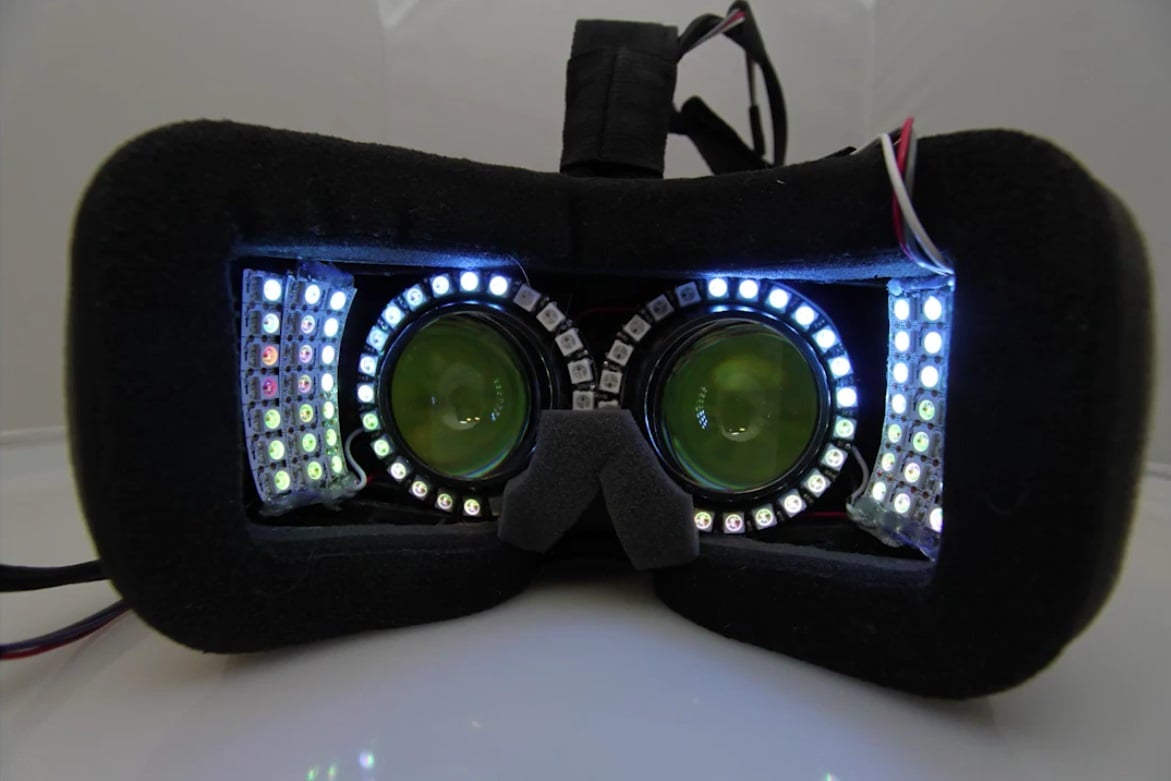
The small Field of View of the Microsoft Hololens has long been a bone of contention, but even the Oculus Rift only offers 120 degrees FoV, vs around 180 degrees for our eyes without any augmentation.
Extending this field of view, especially with Hololens, involves much increased cost and complication, but Microsoft Research has proposed a lower tech solution which takes advantage of the fact that our peripheral vision has much lower visual acuity than our central foveal vision.
Called sparse peripheral display, the technology augments the field-of-view of a head-mounted display with a lightweight, low-resolution, inexpensively produced array of LEDs surrounding the central high-resolution display. This technology has been demonstrated earlier, but is now being shown off in a longer video.
In the video they show that sparse peripheral displays expand the available field-of-view up to 190º horizontal, nearly filling the human field-of-view. They prototyped two proof-of-concept implementations of sparse peripheral displays: a virtual reality headset, dubbed SparseLightVR, and an augmented reality headset, called SparseLightAR.
Using SparseLightVR, they also conducted a user study to evaluate the utility of their implementation, and a second user study to assess different visualization schemes in the periphery and their effect on simulator sickness.
Their findings show that sparse peripheral displays are useful in conveying peripheral information and improving situational awareness, are generally preferred, and can help reduce motion sickness in nausea-susceptible people.
The research was presented at ACM CHI 2016 on behalf of Robert Xiao, Carnegie Mellon University and Hrvoje Benko, Microsoft Research.
We do not know if this technology will make it into an actual Microsoft product, but it certainly seems a novel solution which would be somewhat easy to implement. What do our readers think?
Read our disclosure page to find out how can you help MSPoweruser sustain the editorial team Read more
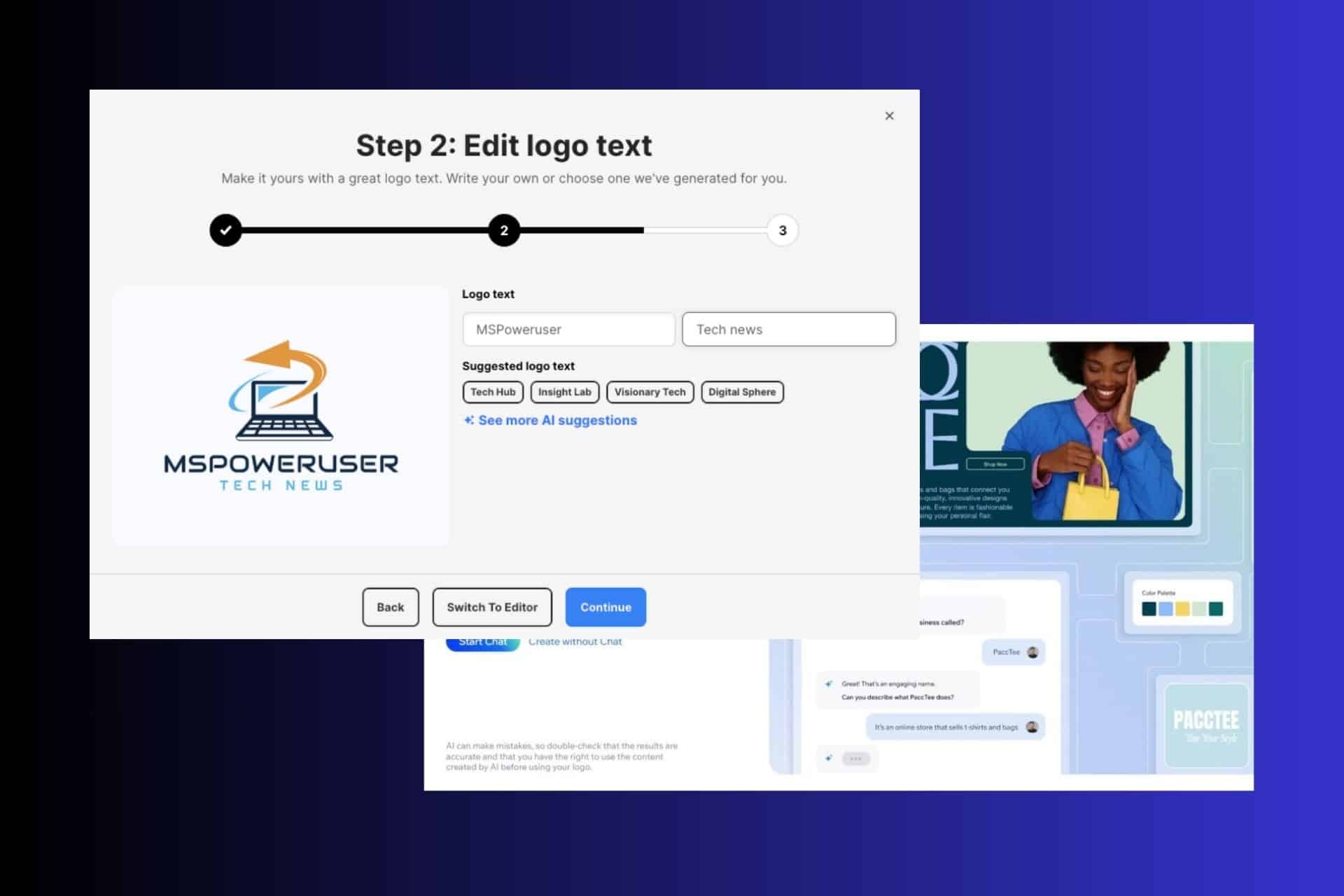
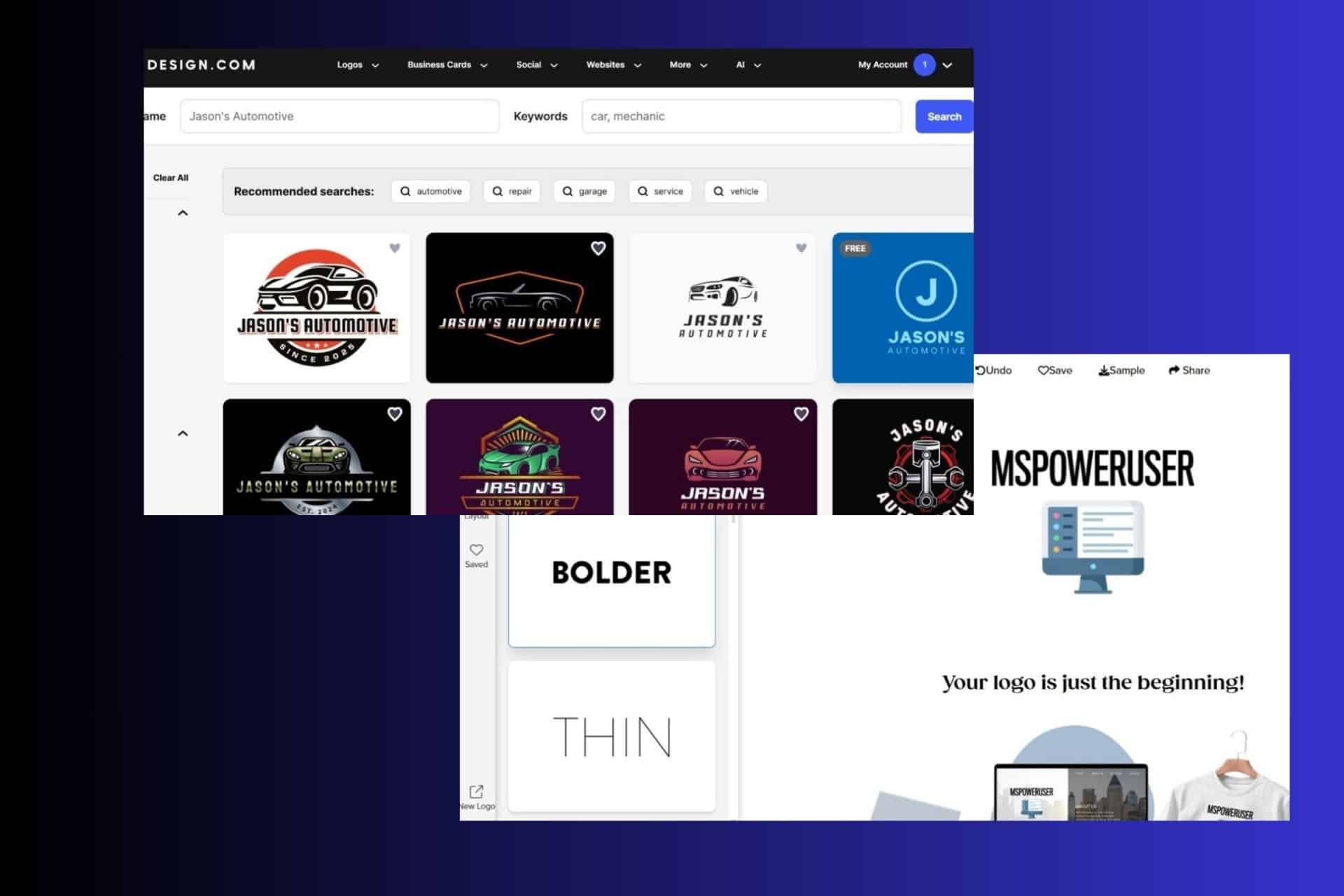
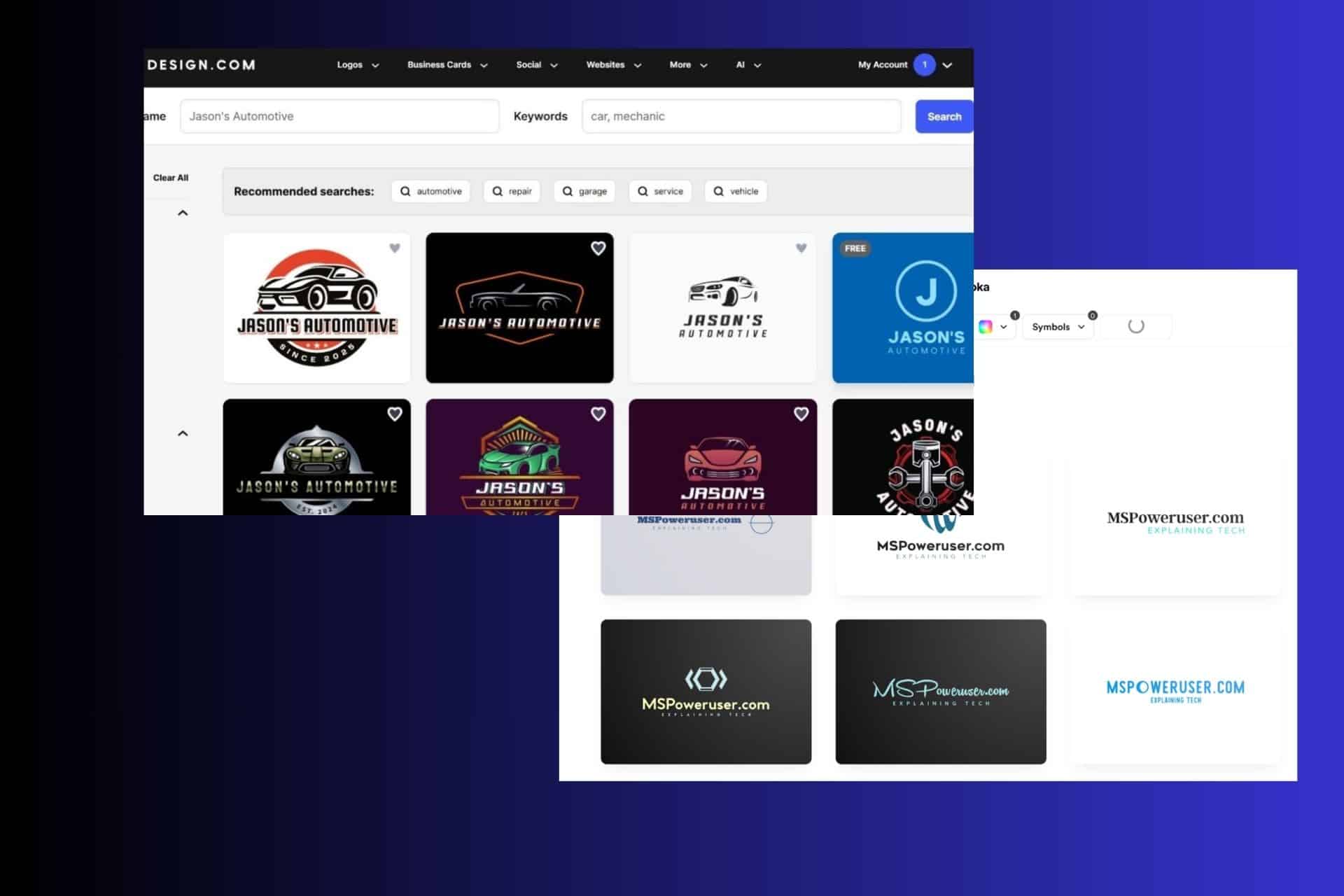
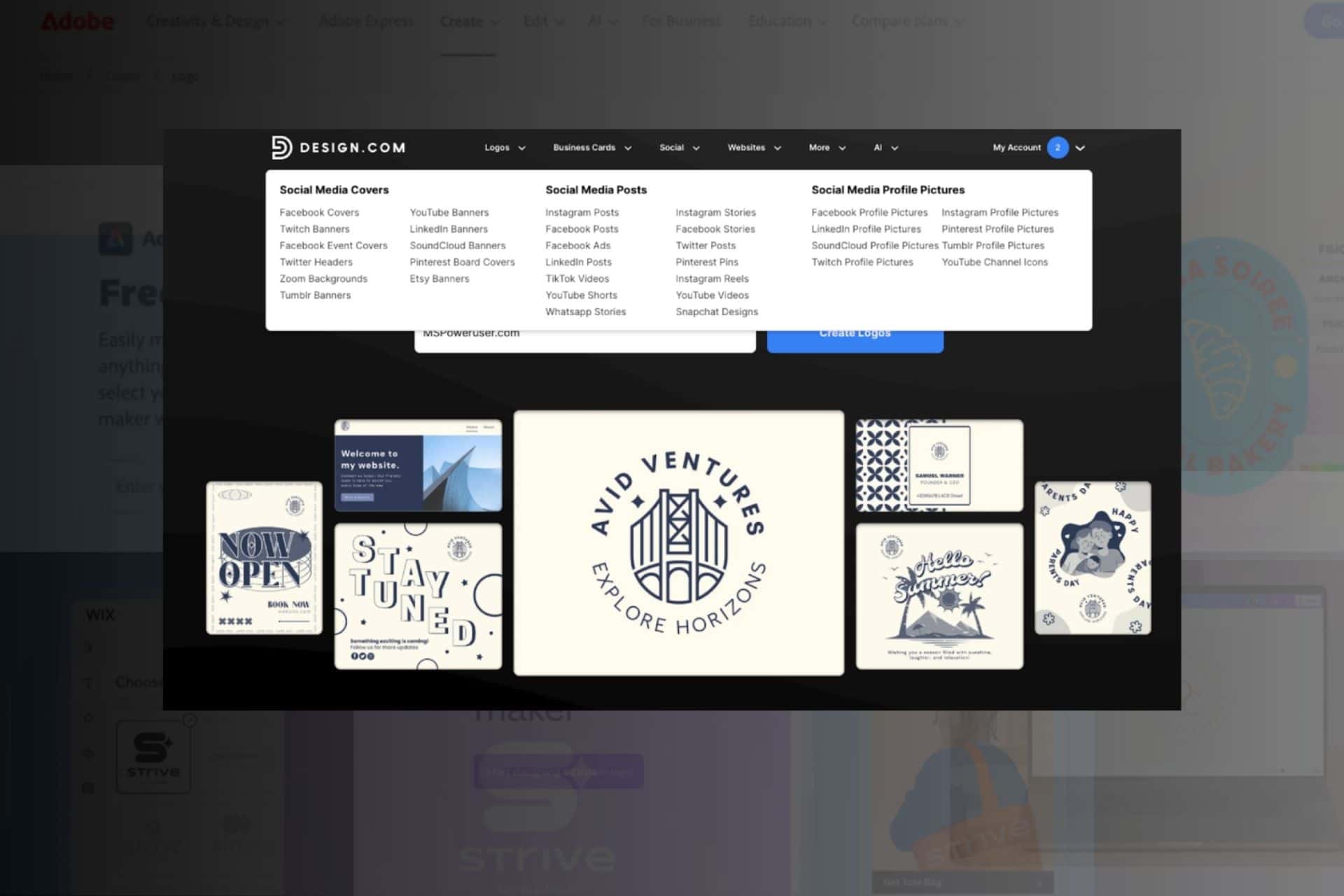
User forum
1 messages